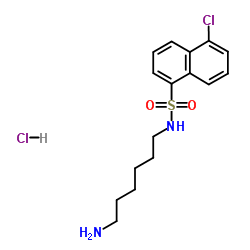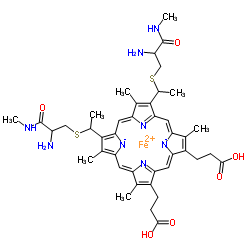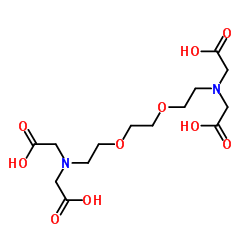| Structure | Name/CAS No. | Articles |
|---|---|---|
 |
cadmium
CAS:7440-43-9 |
|
 |
W-7 hydrochloride
CAS:61714-27-0 |
|
 |
Cytochrome C
CAS:9007-43-6 |
|
 |
EGTA
CAS:67-42-5 |